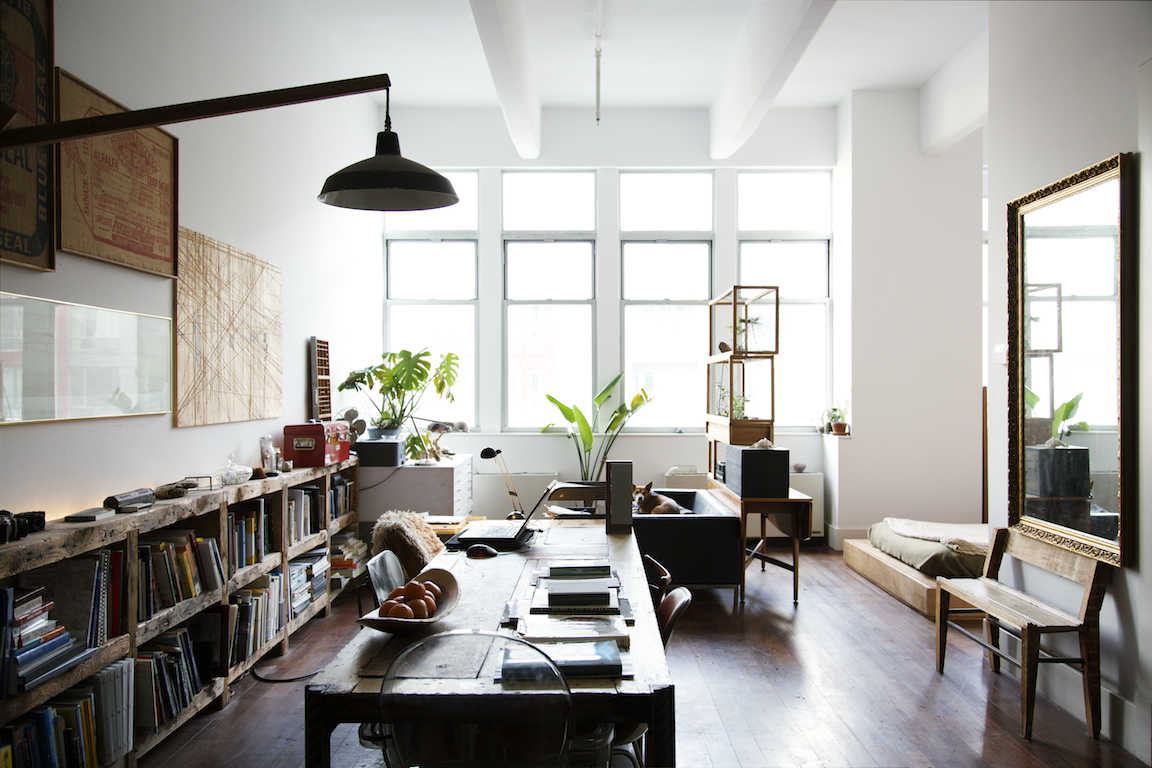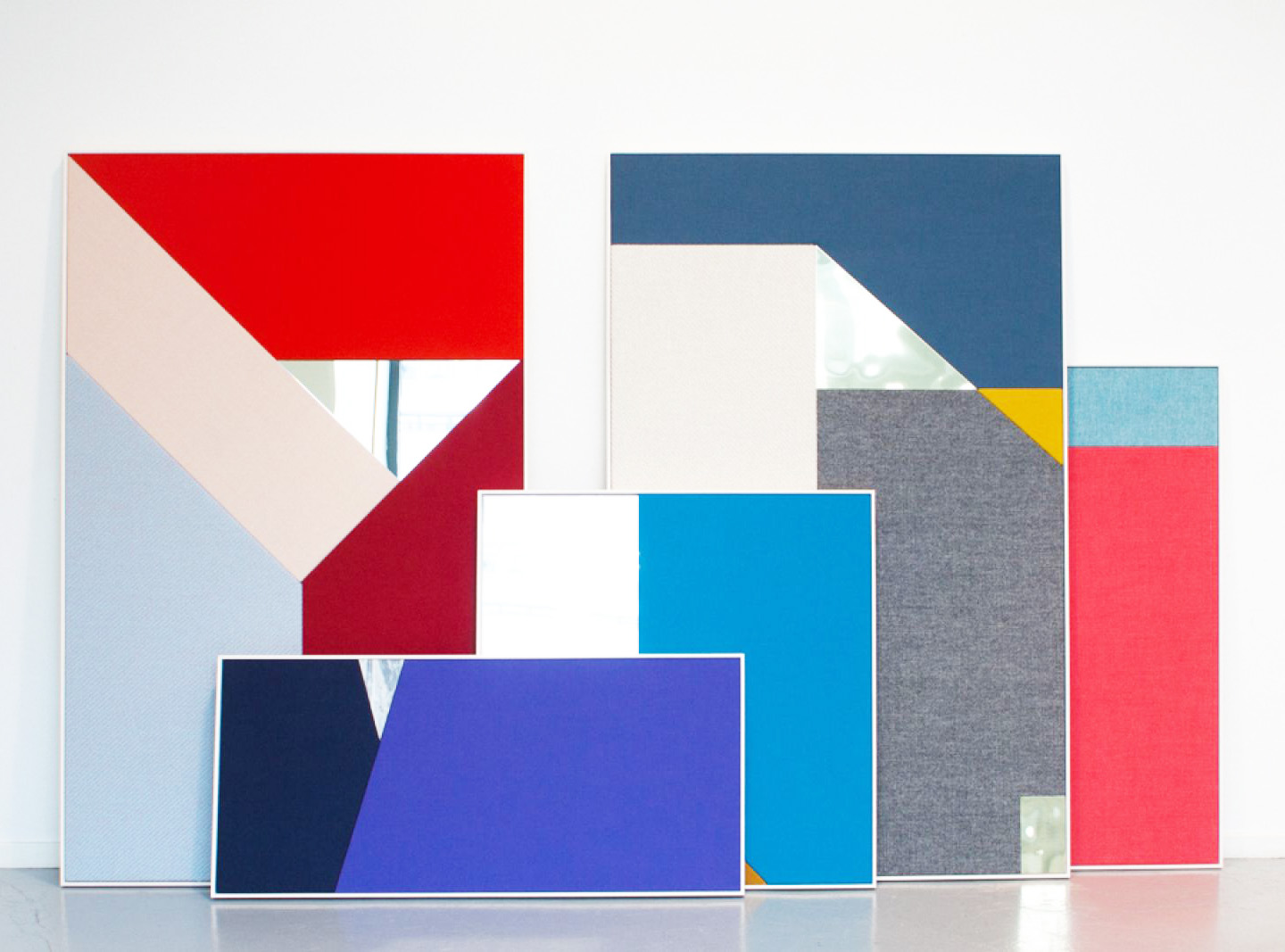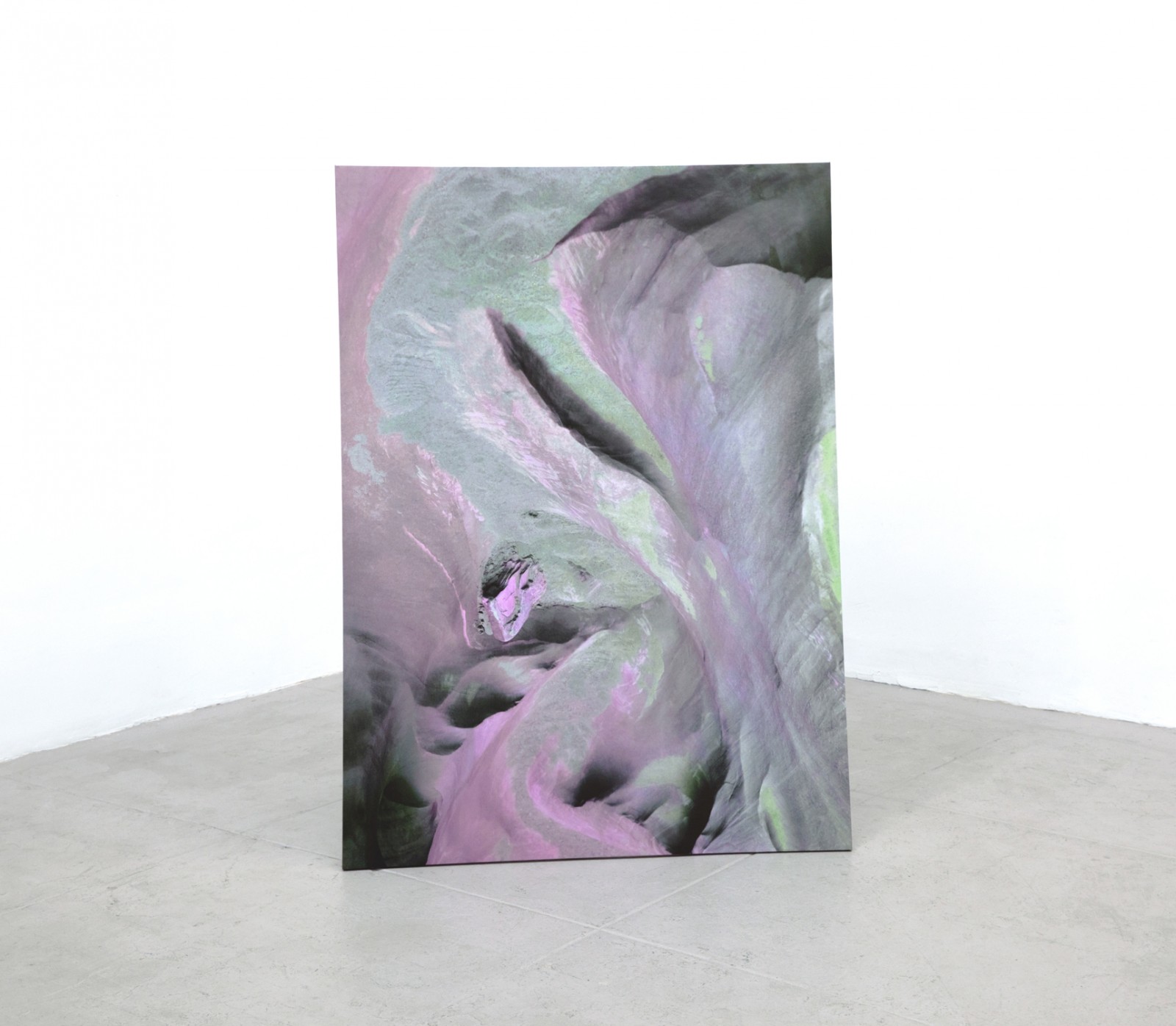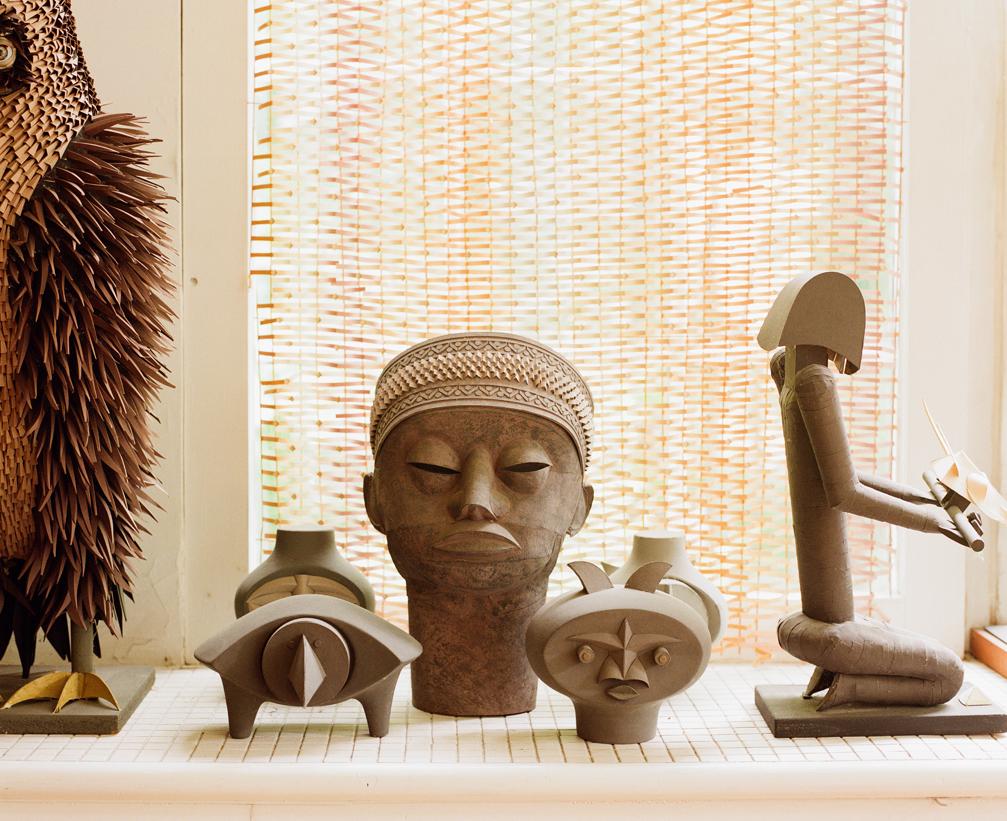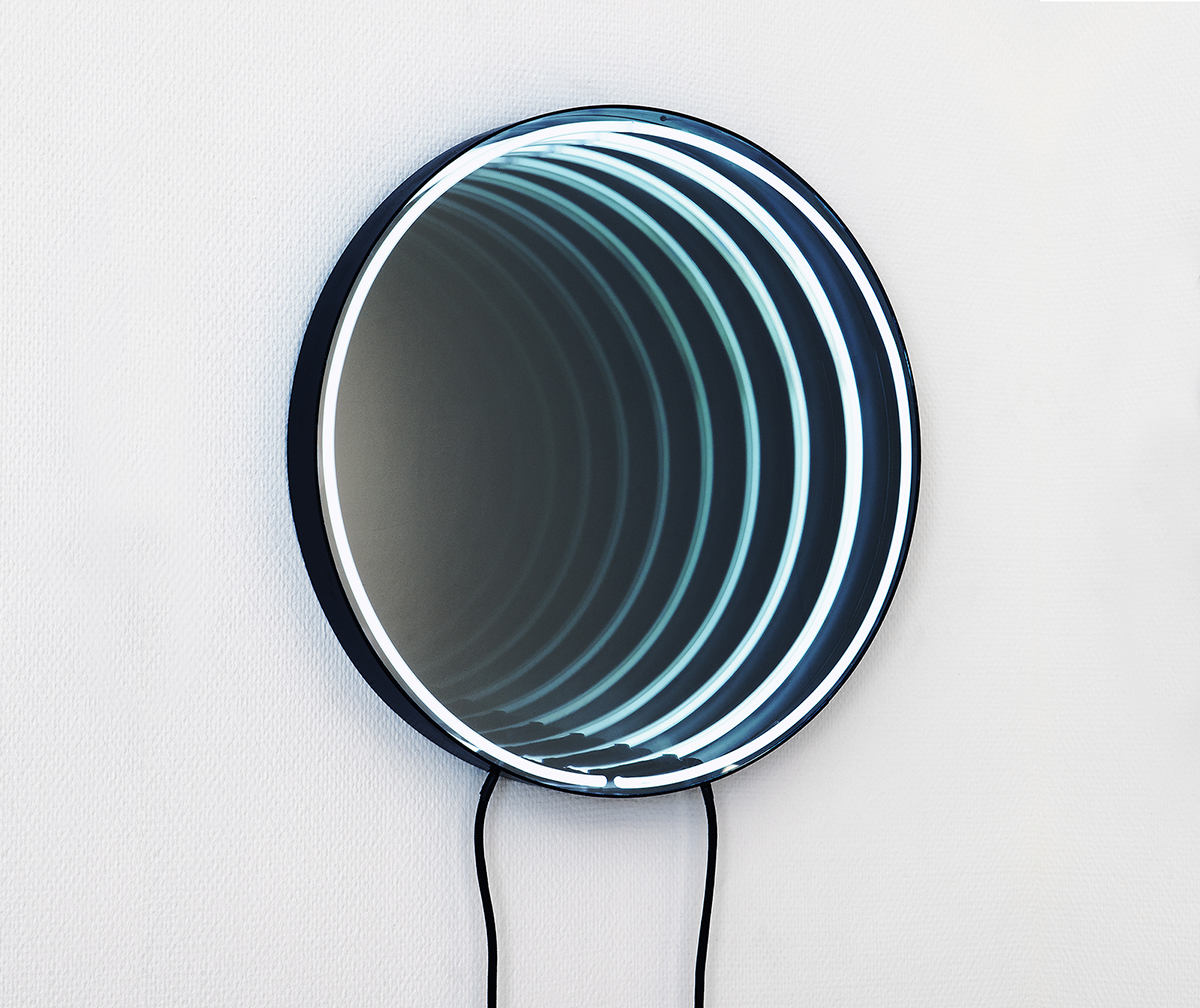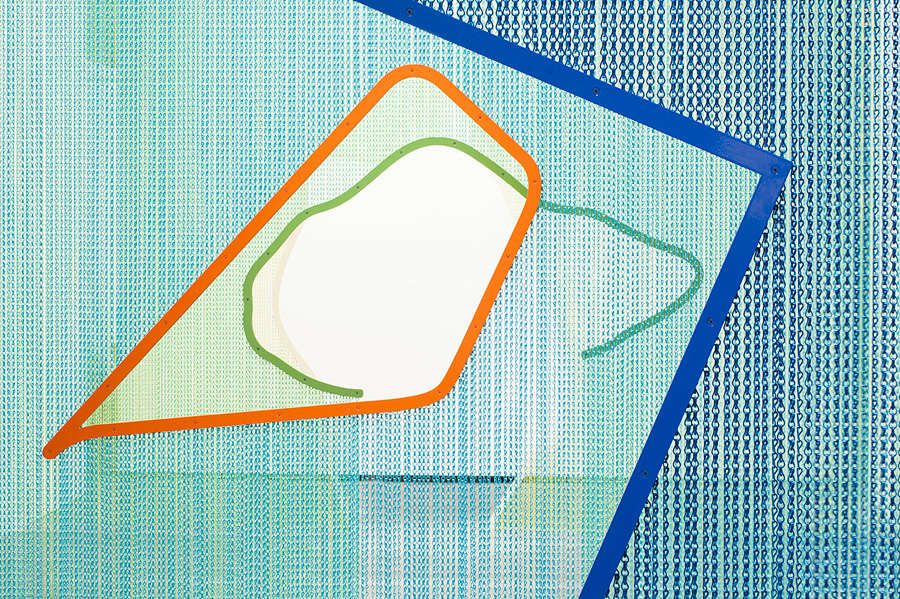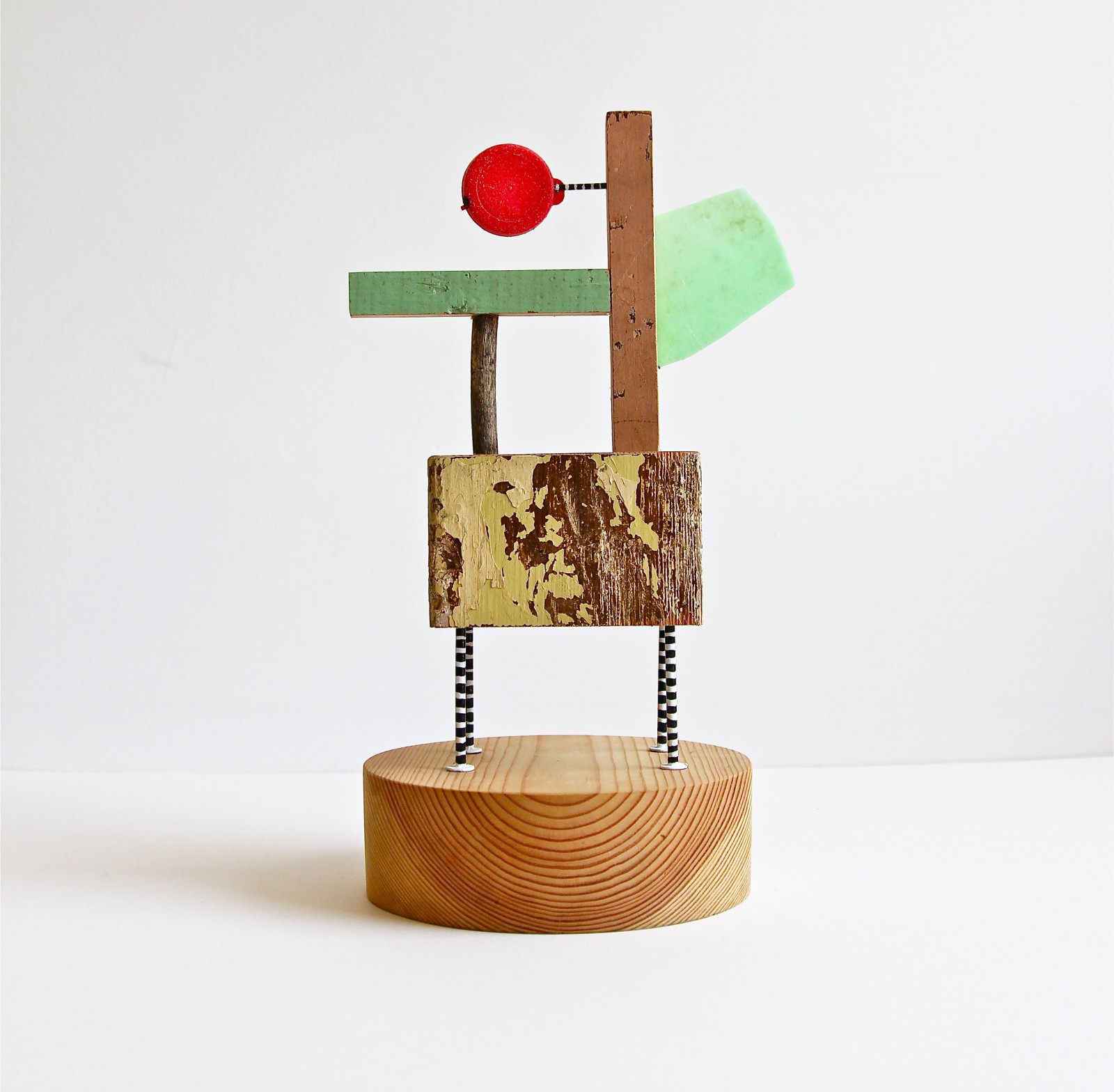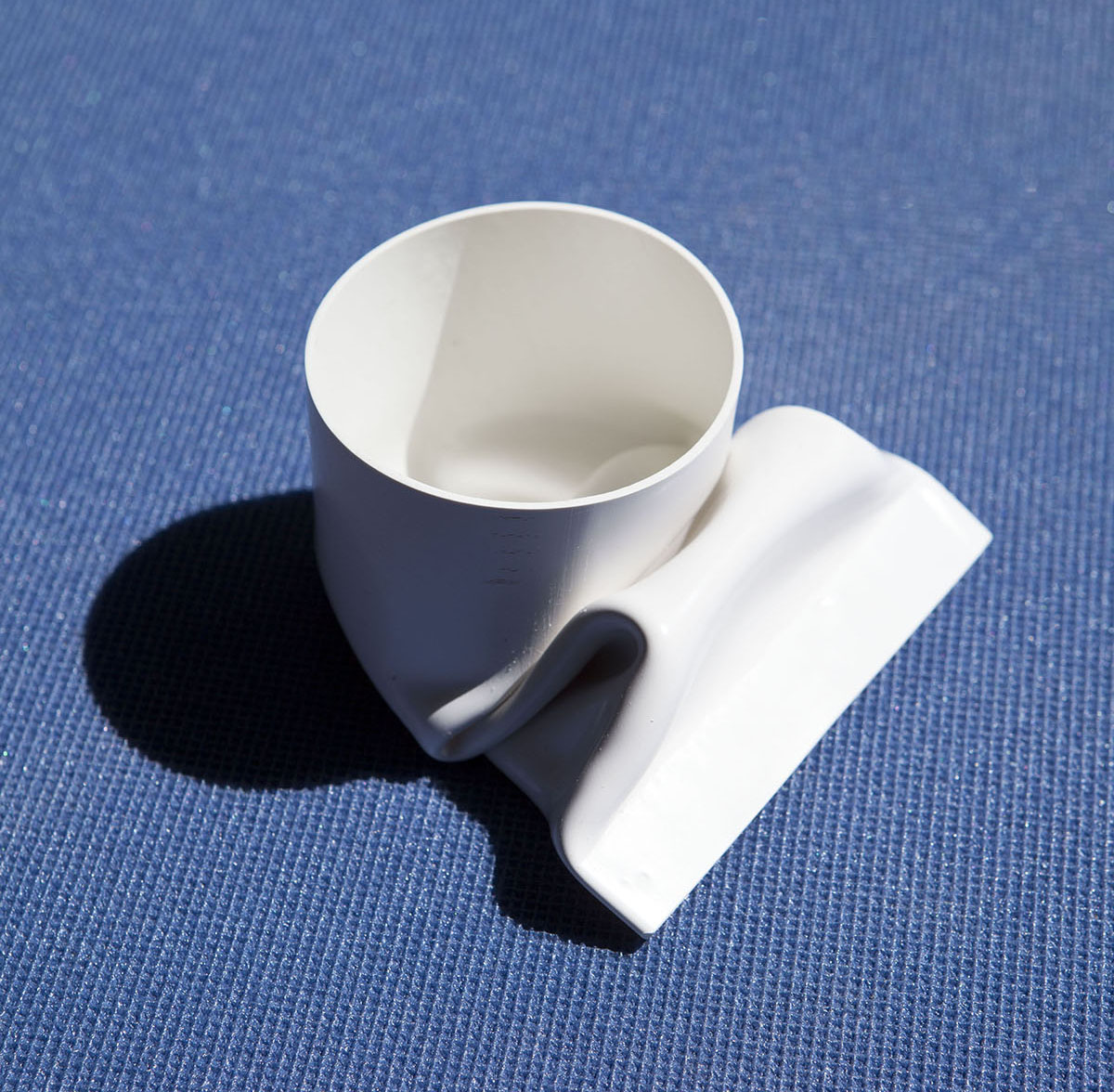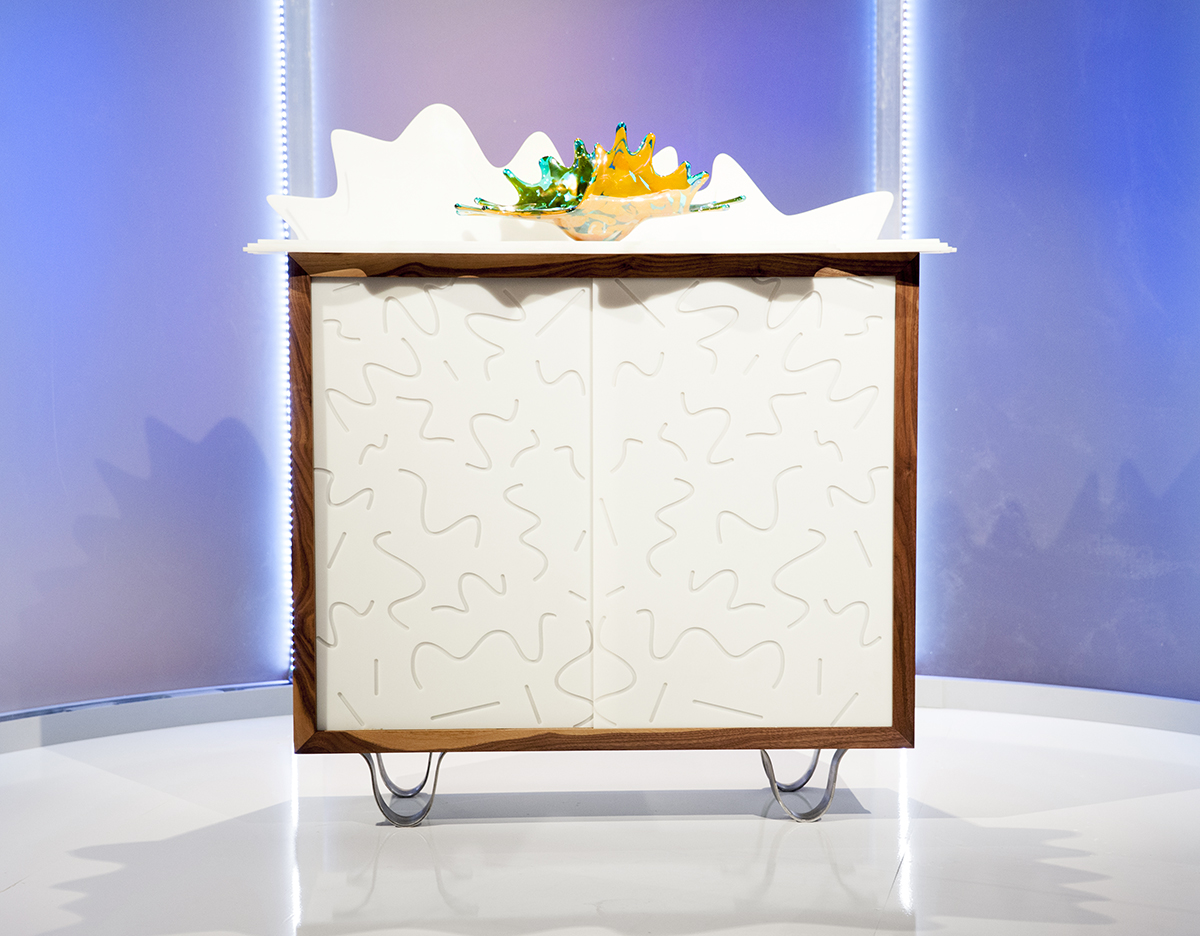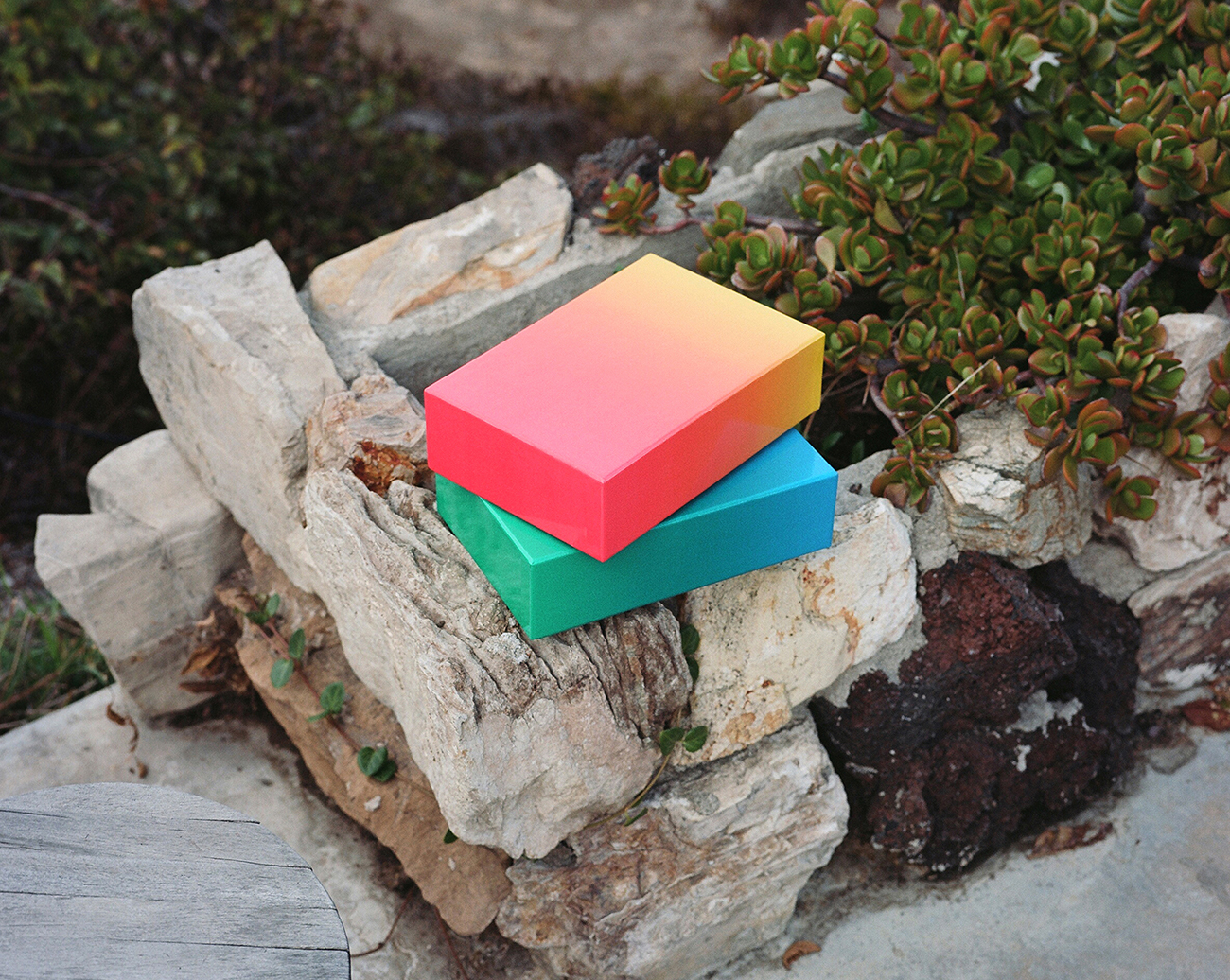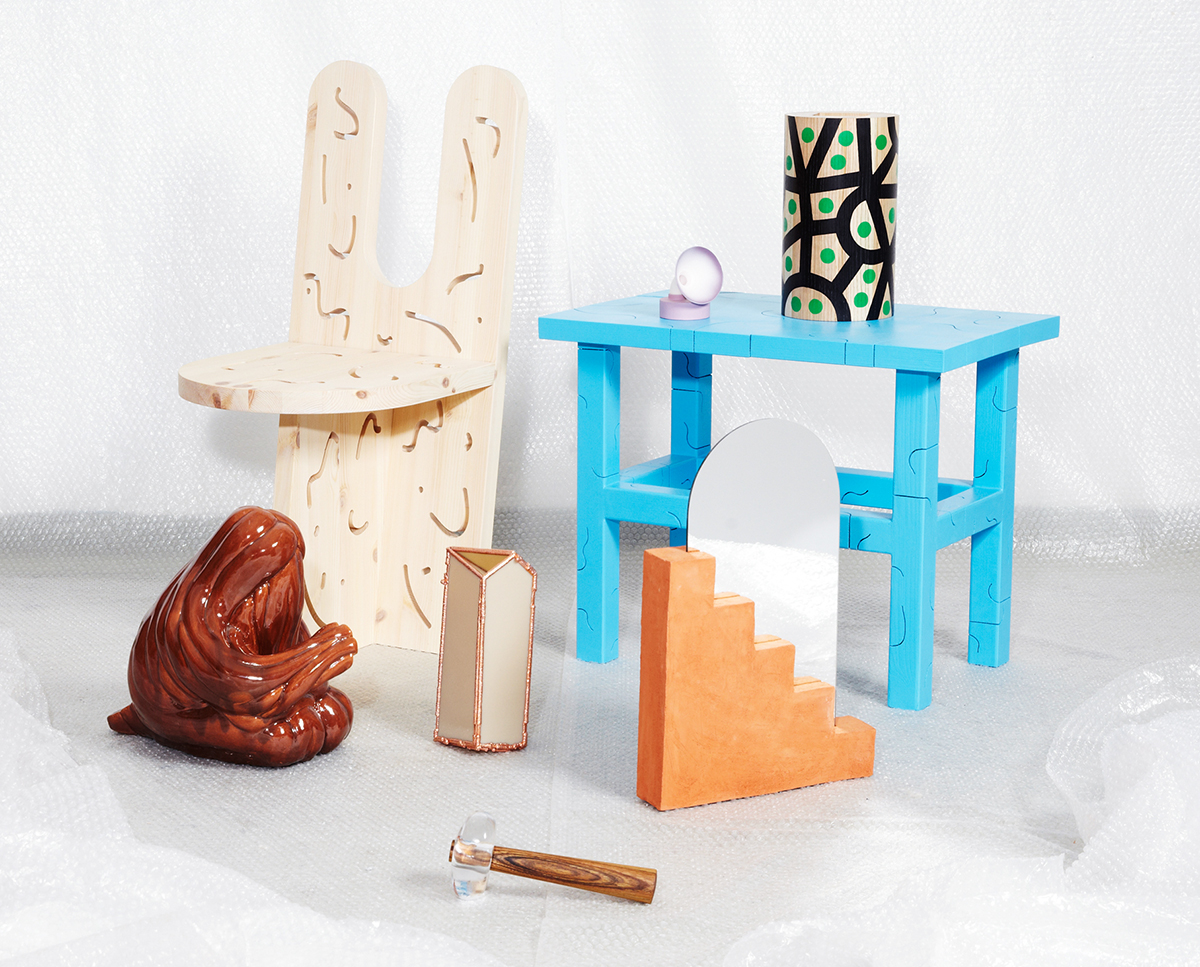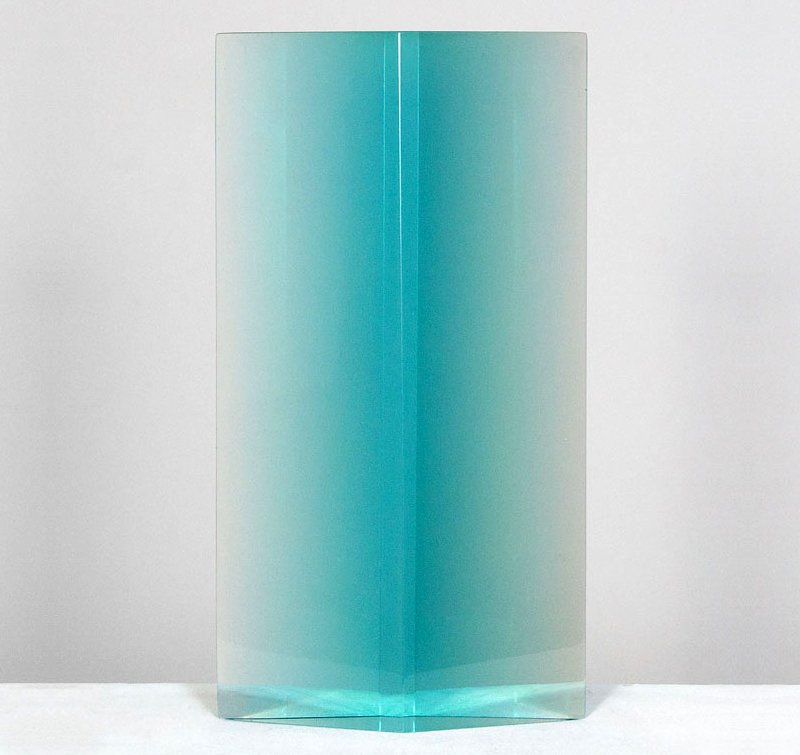
02.13.15
Current Obsession
Andrew O. Hughes on DeWain Valentine
Our first-ever From the Archives post, which looked back at William Sklaroff's mid-century desk accessory set Radius One, dates back to November 10, 2009 — the very first day of Sight Unseen's existence. But after that, the column pretty much petered out, partly because we didn't have the time to research it properly and partly because, with millions upon millions of wonderful old things to potentially highlight, how could we ever choose just one? We've officially solved that problem today with the launch of our new and improved From the Archives series, in which designers and artists will do all the work for us: Each edition will invite a talent we admire to give a little history lesson on someone from the past who's had a strong impact on their work. Our first subject is Brooklyn glassmaker Andrew O. Hughes, speaking about the California Light and Space sculptor DeWain Valentine (no holiday-themed pun intended).
